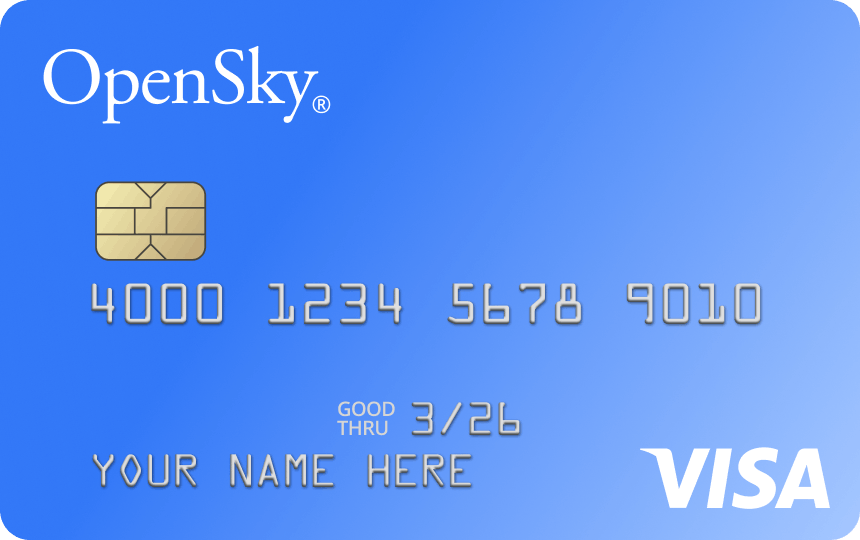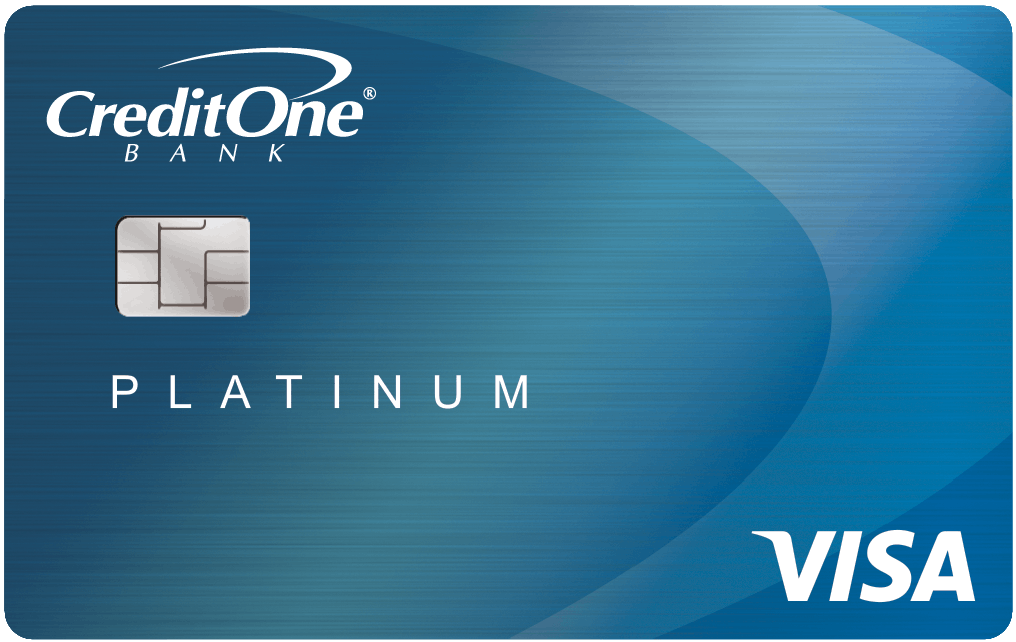In a Nutshell
Getting a credit card after bankruptcy can feel like a Catch-22 — you need good credit to get approved for many types of credit cards, but it can be hard to establish good credit without a credit card. To help, we’ve uncovered five of the best credit cards after bankruptcy. Whether you’re looking for a flexible security deposit, a higher credit limit or an unsecured credit card, one of these options may help you put your credit back on track.Bankruptcy can cause a big hit to your credit scores, which can make it more difficult to get approved for many credit cards and loans in the future.
But by using the right card strategically after bankruptcy, rather than using only a debit card or paying cash, you can start to get your credit back on track.
- How long after bankruptcy can I get a credit card?
- Types of bankruptcy
- How to get a credit card after bankruptcy
- Credit cards after bankruptcy
How long after bankruptcy can I get a credit card?
After filing for bankruptcy, you likely won’t be able to apply for credit until your bankruptcy is discharged. For a Chapter 7 bankruptcy, a discharge order could be issued in a few months. A Chapter 13 bankruptcy can take as long as 5 years to be discharged because it involves a repayment plan. The bankruptcy won’t be discharged until your last payment is made.
Types of bankruptcy
There are two common types of bankruptcy — Chapter 7 and Chapter 13 bankruptcy and they have their differences. Chapter 7 bankruptcy can help clear some or all of your debt but assets like any property or cash would need to be surrendered during the legal process.
Chapter 13 bankruptcy can help you get some debt discharged, but not everything. You would be able to keep your assets while you repay your debt during a 3 to 5 year debt repayment plan.
How to get a credit card after bankruptcy
After your bankruptcy is discharged, check your credit reports to make sure the appropriate accounts are marked as “discharged” and the bankruptcy filing date is correct. Once you’ve confirmed everything looks right on your reports, you can start looking into credit cards. It may be a good idea to look at secured credit cards or cards aimed at rebuilding credit. These cards typically have lower credit requirements but make sure to look at the APRs and any fees associated with the cards before applying.
Credit cards after bankruptcy
Here are four cards that may help, depending on your situation and needs.
Best for a flexible security deposit: Capital One Platinum Secured Credit Card
Here’s why: This card offers flexible terms and several perks, all for no annual fee.
Capital One Platinum Secured Credit Card users can make a refundable security deposit of $49, $99 or $200 to qualify for a credit limit that starts at $200.
After making six monthly payments on time, you may get access to a higher credit limit.
Keep in mind that Capital One won’t consider applications for people with unresolved bankruptcies, so make sure your bankruptcy filing is discharged before applying for the card.
Otherwise, there’s no annual fee and no foreign transaction fee.
Take a look at more details about Capital One Platinum Secured Credit Card.
Best for military members and their families: Navy Federal Credit Union nRewards® Secured Credit Card
Here’s why: Military members, veterans and their families emerging from a bankruptcy can take advantage of the card’s low variable APR (18%) on purchases and balance transfers, plus a few bells and whistles that elevate this card above the rest.
Here’s an important note before we get into the benefits — the eligibility requirements to apply for nRewards® Secured Credit Card are strict. You’ll need to be a member of Navy Federal Credit Union, which is open to all branches of the U.S. armed forces, veterans, Department of Defense officials and their families.
Cardholders earn one point per $1 spent on purchases. Points can be redeemed for cash back, statement credits, gift cards and merchandise. There are no annual fees or foreign transaction fees, either.
After six months, Navy Federal will review your account activity and may upgrade you to an unsecured credit card and return your deposit.
Learn more about the best credit cards for active-duty military personnel.
Best for avoiding a credit check: OpenSky® Secured Credit Visa® Card
Here’s why: There’s no credit check necessary for the OpenSky® Secured Credit Visa® Card application process. Instead, your credit limit is determined based on your refundable security deposit, starting at $200.
For those focused on credit building after bankruptcy, avoiding a credit check is especially enticing because a hard credit check can ding your credit scores a bit.
You’ll have to pay an annual fee of $35 for the card. But OpenSky may raise your credit limit even if you don’t make an additional deposit.
Read more about the OpenSky® Secured Credit Visa® Card.
Best for unsecured credit: Credit One Bank® Platinum Visa® for Rebuilding Credit
Here’s why: The Credit One Bank® Platinum Visa® for Rebuilding Credit is an unsecured card, so there’s no need to put down a security deposit.
Cardholders can also receive automatic reviews for a credit limit increase. And you’ll earn 1% cash back, as statement credit, on eligible gas and grocery purchases, and mobile phone, internet, cable and satellite TV services. Plus, if you apply through Credit One’s site, you can see if you prequalify without affecting your credit.
Take note, you may have to pay an annual fee, which will be charged to your account, reducing your initial credit limit. The annual fee is $75 for the first year, $99 thereafter (billed at $8.25 per month) (you might see different terms on Credit Karma).
Learn more about the Credit One Bank® Platinum Visa® for Rebuilding Credit.
3 tips for using credit cards after bankruptcy
Improving your credit after bankruptcy may take some time. But with the right card and financial know-how, you can get the process started — and with enough positive information added to your credit history over a long enough period of time, your credit scores should start to improve along with your credit rating (also known as a credit score).
Here are some pointers to keep in mind as you use credit cards after bankruptcy and focus on improving your credit health.
- Always make on-time payments. Making on-time payments is important for improving your credit after bankruptcy. Since payment history is the most important factor in your credit scores, any missed payments may significantly lower them. You’ll likely be charged late payment fees plus extra interest — and you may face a higher penalty APR if you make a late payment.
- Keep your credit card balance low. After payment history, the second most important factor in your credit scores is how much credit you’re using compared to how much credit card issuers have given you. This is known as your credit utilization rate. Generally keeping it below 30% is best.
- Build an emergency fund. Planning for financial emergencies by setting up an emergency fund can also help keep you out of credit card debt. If you created a budget during a pre-bankruptcy credit-counseling session, that could be a good place to start. Then consider opening a savings account, so that you have funds to cover unexpected costs. And get into the habit of regularly reviewing your credit reports to monitor your improvement and check for any errors.
How we picked these cards
A bankruptcy usually has a strong negative effect on credit scores, so we focused our research on options that remain accessible to people who may have serious derogatory marks on their credit reports. We also wanted to select cards with features that can help people rebuild credit.
It may be tough to qualify for a standard unsecured credit card after bankruptcy. For that reason, we primarily picked secured cards, and the one unsecured card we chose offers the option to apply for prequalification. It’s typically easier to be approved for a secured card, so the secured cards listed can be valuable to people dealing with the effects of bankruptcy who are also trying to rebuild their credit.
We wanted to highlight features that could help you to rebuild credit effectively. The basic structure of secured cards makes them useful tools after a bankruptcy. But it’s the possibility of an increased credit limit (and so, a potentially lower credit utilization rate — the amount of money you borrow compared to your total credit limit), or a change from secured to an unsecured credit line, that can help you build a credit history that appeals to lenders.





